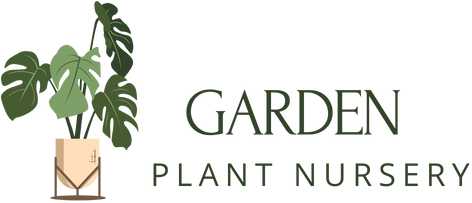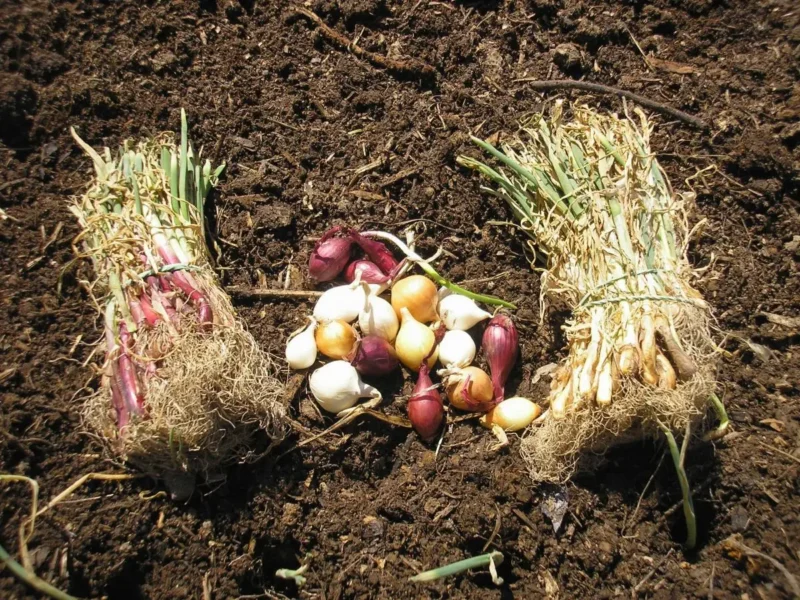Growing onions is the easiest task that you can do for your garden. From the moment you plant those little bulbs or seeds into the ground until the time you pull them out, you just need to put a little bit of your heart into growing onions, and a bountiful harvest will not be far away from you. In this comprehensive guide, we will explore everything there is to know about growing onions and knowing when to plant, where to start, and how to prepare the soil.
Best Time to Onion
Onions can be grown from different starting points: bulbs, seeds, or sets. These can generally be planted in early spring for a summer harvest or late summer for a fall crop, but it’s important to know your zone for optimal growth.
Spring Planting vs. Fall Planting
Spring planting typically involves sowing seeds indoors six to eight weeks prior to the last frost date, then transplanting them outdoors once the risk of frost has passed. This method is excellent for gardeners in colder climates where winters extend longer than expected.
On the other hand, fall planting allows you to establish onion sets in the ground as soon as the summer heat starts to fade. This technique takes advantage of the cooler temperatures during autumn, enabling the plants to develop strong roots before winter sets in. In warmer areas, onions may overwinter successfully and resume their growth in the spring.
Understanding Your Hardiness Zone
To determine the best time to plant onions, familiarize yourself with your USDA hardiness zone. Each zone has specific temperature ranges and climate conditions that affect when various crops can be sown. For example, if you’re situated in a warmer climate (zones 8-11), you might find success with fall planting, while those in cooler zones (zones 3-7) should prioritize spring planting.
Read more: Navigating the USDA Plant Hardiness Zones: A Comprehensive Guide to Gardening Success
Choose the Onion Varieties
The world of onions is rich with diversity, encompassing several distinct types. Choosing the right variety based on your growing conditions and culinary preferences can optimize your onion crop. Most onion varieties can be:
Bulb Onions: These are the most commonly grown variety and come in different colors, such as yellow, white, and red. Yellow onions tend to have a robust flavor, making them ideal for everyday cooking, while sweet onions like Vidalia and Walla Walla are excellent for raw applications due to their mild taste.
Green Onions: Also known as scallions, green onions can be harvested early and enjoyed for their tender green tops. They are great for garnishing dishes or adding a fresh flavor to salads.
Spring Onions: Similar to green onions, spring onions have a rounder bulb and a stronger flavor. They are harvested when they are still immature and can be used both raw and cooked.
Shallots: These smaller, elongated onions are known for their delicate flavor and are often used in gourmet cooking. Their unique taste adds depth and complexity to dishes.
Bundles of onion seedlings and a variety of small onion bulbs scattered on soil, ready for planting
Prepare the Soil
Onions thrive best when the soil temperature falls between 50°F to 75°F (10°C to 24°C).
Ensure your soil is well-draining and slightly acidic to neutral (pH 6.0-7.0). Mix in organic compost or well-rotted manure to improve its structure and fertility. Loosen the soil to about 8-10 inches deep to give onion roots room to grow. Avoid heavy clay soils unless amended with organic matter for better drainage.
In-ground gardens and raised beds are both great options for growing onions. So take advantage of your gardening tools available at home to improve the soil and create beds.
How to Plant and Take care of
Planting Onion Bulbs or Sets
Onion bulbs or sets are very easy to plant. Choose firm, healthy bulbs without signs of decay. Plant them in the prepared soil with barely putting the onion bulb under the soil. The pointed or sprouted end should be sticking up out of the soil.
Spacing between bulbs should be around 4 to 6 inches, with rows spaced similarly. Water thoroughly after planting to settle the soil.
Planting Onion Seeds
For those who enjoy starting their plants from scratch, planting onion seeds is an exciting challenge. Begin by sowing seeds indoors in seed trays or pots about six to eight weeks before the last frost date. Use a quality seed-starting mix to ensure good drainage and nutrient availability.
Once your seedlings sprout and develop a few true leaves, it’s time to transplant them outdoors. Select a cloudy day or late afternoon to minimize transplant shock. When transplanting, space the seedlings about 4 to 6 inches apart in rows that are 12 to 18 inches apart. Gently bury the seedlings, leaving just the top half above ground.
Watering and Mulching: Onions require consistent moisture, especially during their formative stages. Aim to provide approximately one inch of water per week. A layer of mulch can help retain soil moisture and suppress weeds.
Growth Notes: Regularly check for signs of pests or diseases, as well as monitor the growth of your onions. Thin out overcrowded seedlings to allow adequate space for bulb development.
As the plants mature, their foliage will begin to flop over; this is a natural process signaling that they are nearing maturity.
From zones 3-6, if there is a possibility of a freeze after you plant, cover them with straw mulch for protection.
Young onion plants growing in soil, with green shoots sprouting from the bulbs, showing early stages of growth
Harvesting and Curing Onion
Harvesting
Typically, onions are ready to be pulled when their tops turn yellow and fall over, indicating that the bulbs have grown to maturity. However, you can harvest them whenever you want to use them as “spring onions” or scallions. There is no perfect size, just pull when they are big enough to suit you.
Pull them up, shake off the soil, and lay them out to cure with the tops still attached.
Curing and Storage
Any warm, airy location is a good place to do this; you can sling them over a fence and make sure it does not rain. Bulbs must stay dry and be in good air circulation. As the onions cure, the roots will shrivel and the necks above the bulbs will slowly dry—a natural process that helps to seal the top of the bulb, making the onions less likely to rot.
After 7-10 days, use pruning shears to trim the onions’ tops and roots, remove as much dried dirt as you can without removing the papery outer skins, and store the onions in a cool location. You may keep very sweet, juicy onions in the refrigerator by wrapping them in paper towels or newspaper.
Freshly harvested onions with soil still clinging to their skins, resting on the earth, with their green tops intact
Tips for Planting Onion
Certain plants can benefit onions when grown together. For example, carrots, beets, and cabbage are considered good companions, as they won’t compete for nutrients. Additionally, planting marigolds can deter pests that adversely affect onions
So as you gather your tools and prep your garden, remember this: with every seed planted, you’re participating in a tradition that spans generations, embodying the spirit of resilience and creativity that lies at the heart of gardening. Happy planting!
Visit my store on the website, explore catalogs, and experiment in your garden! Garden Plant Nursery
Frequently Asked Questions
Is Store-Bought Onion Plantable?
While technically possible, it is generally not advisable to plant supermarket onions due to potential disease risks. If you want to grow onions from store-bought ones, opt for organic varieties. However, starting with certified seeds, bulbs, or sets is always the best practice for optimum health and vigor.
When is the best time to start growing onions?
Onions are pretty flexible, but the best time to start them depends on your local climate. Generally, for cooler regions, starting onions indoors 8–10 weeks before your last expected frost date is ideal, then transplanting them outdoors in early spring. In warmer climates, you can plant onion seeds directly in the fall for a spring harvest.
Can I plant a sprouted onion?
Yes, you can plant a sprouted onion, though you won’t get more onions from it. You will get lots of tasty green sprouts, however!
While technically possible, it is generally not advisable to plant supermarket onions due to potential disease risks. If you want to grow onions from store-bought ones, opt for organic varieties. However, starting with certified seeds, bulbs, or sets is always the best practice for optimum health and vigor.
Onions are pretty flexible, but the best time to start them depends on your local climate. Generally, for cooler regions, starting onions indoors 8–10 weeks before your last expected frost date is ideal, then transplanting them outdoors in early spring. In warmer climates, you can plant onion seeds directly in the fall for a spring harvest.
Yes, you can plant a sprouted onion, though you won’t get more onions from it. You will get lots of tasty green sprouts, however!



